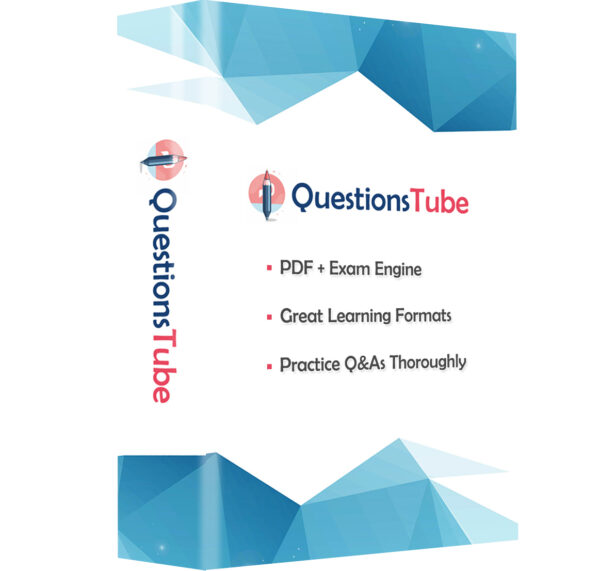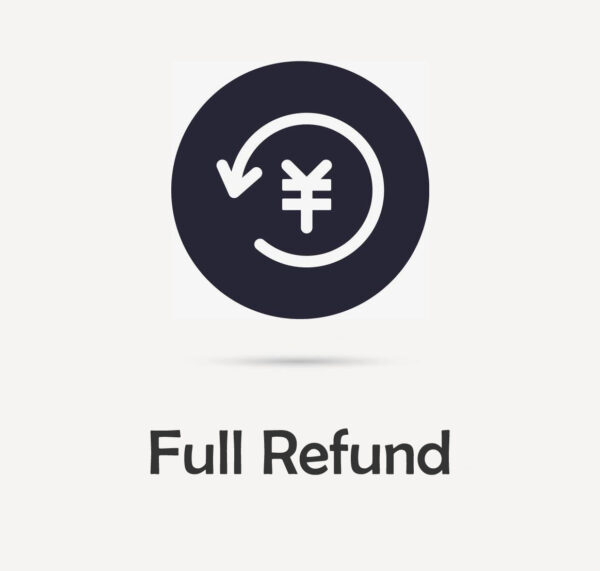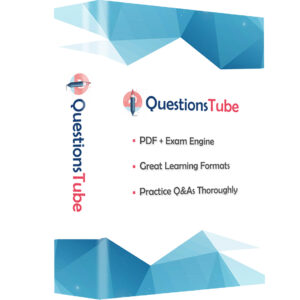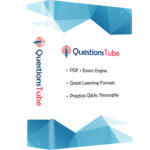Order our CCFA-200 Practice Questions Today and Get Ready to Pass with Flying Colors!
Go To test CCFA-200 Free Questions
Product Description
Introduce CrowdStrike CCFA-200 Exam
Passing the CrowdStrike Certified Falcon Administrator (CCFA) is the final step toward the completiong of CCFA certification. It will evaluates your knowledge, skills and abilities to manage various components of the CrowdStrike Falcon platform daily, including sensor installation. Take the CCFA-200 exam to achieve success now. The CCFA-200 exam is a 90-minute, 60-question assessment, all the questions have been specifically written in a way that eliminates tricky wording, double negatives, and/or fill-in-the-blank type questions.
Learning CCFA-200 Exam Objectives Is Strongly Recommended
Describe the capabilities and limitations of each Falcon Real Time Response (RTR) role
Create a new user, delete a user and edit a user, etc.
Analyze the pre-installation OS/networking requirements prior to installing the Falcon sensor
Analyze the default policies and apply best practices to prepare workloads for the Falcon sensor
Determine prerequisites to successfully install a Falcon sensor on Windows, Linux and macOS
Apply additional/advanced options for images/VDIs, tokens and tags
Uninstall a sensor
Recognize issues with the basic configuration requirements in the system environment or Falcon components
Resolve policy settings, permissions and throttling issues
Collect Falcon diagnostic log data for analysis of sensor issues
Propose how filtering might be used in the Host Management page
Disable detections for a host
Explain the effect of disabling detections on a host
Explain the impact of reduced functionality mode (RFM) and why it might be caused
Find hosts in RFM
Find inactive sensors
Recall how long inactive sensors are retained
Determine which reports to use when reporting on information relating to a host
Describe policy types, components, application and workflow
Define precedence, groups and best practices
Demonstrate what the default policy is used for and apply best practices when configuring default policies
Configure a detection-only policy
Explain what Machine Learning is “on sensor” vs. “the cloud”
Describe what each of the different policy setting options do
Define NextGen AV Settings
Describe what End User Notifications do
Assign a prevention policy to groups and hosts
Explain what precedence does regarding prevention policies
Describe policy best practices
Create custom indicator of attack (IOA) rules to monitor behavior that is not fundamentally malicious
Define an update policy
Demonstrate what the default policy is used for and apply best practices when configuring default policies
Describe what auto-update does
Explain separate policies for MAC/Win/*nix
Explain where build versions are visible for a single sensor or across your environment
Describe what precedence does regarding sensor update policies
Apply options required to manage quarantine files
Assess IOC settings required for customized security posturing and to manage false positives
Configure a containment policy of the appropriate IP addresses, while the network is under containment, based on security workflow requirements
Describe what a containment policy does
Write an effective file exclusion rule using glob syntax
Apply File Pattern Exclusions to groups
Demonstrate how to manage exclusion rules
Explain the different types of sensor reports and what each report provides
Explain what information is contained in the Machine-Learning Prevention Monitoring report
Explain what information is in the Falcon UI Audit Trail report
Explain what information is in the API Audit Trail, Prevention Policy Audit Trail and Prevention Hashes Ignored reports
Explain what information is in the Prevention Policy Debug report
Apply roles, policy settings, and track and review RTR audit logs to manage user activity
Manage API Clients and Keys
Configure workflows to notify individuals about policies, detections and incidents
How can you prepare for the CCFA-200 exam well? One of the best ways is to use CCFA-200 practice questions of QuestionsTube.
Our CCFA-200 Practice Questions include:
– CCFA-200 exam questions and answers: These are the most updated and accurate questions and answers that reflect the real exam content and format. You can practice them online or offline, and check your answers with detailed explanations.
– CCFA-200 exam questions pdf: It is the most valid and effective pdf file that contains the actual exam questions and answers. You can download it and use to read all the questions and answers anytime and anywhere.
– CCFA-200 ICE exam engine: This is a powerful tool that simulates the real exam environment and allows you to test your knowledge and skills under time pressure. You can customize your exam mode, difficulty level, question type, and number of questions.
– CCFA-200 free update: This is a great advantage of QuestionsTube’s CCFA-200 exam questions. You can choose the free update privilege to make sure that you will always have the latest study materials in a valid period.
By using our CCFA-200 exam materials, you can:
– Save your time and money: You don’t need to spend hours searching for other sources or paying for expensive courses or books. Our CCFA-200 exam materials are enough to prepare you for the exam.
– Enhance your confidence and performance: You can familiarize yourself with the exam format and content, and improve your speed and accuracy. You can also identify your strengths and weaknesses, and work on them accordingly.
– Guarantee your success: We have a high pass rate and a full refund policy. If you use our CCFA-200 exam materials and fail the exam, we will refund your money without any hassle.










Reviews
There are no reviews yet.